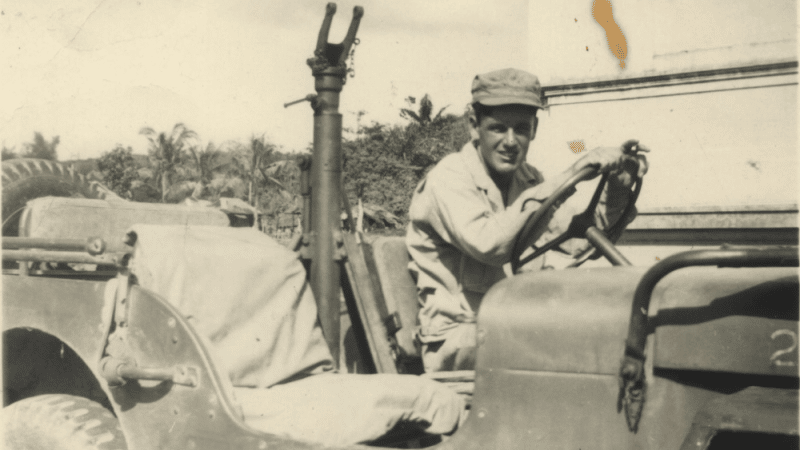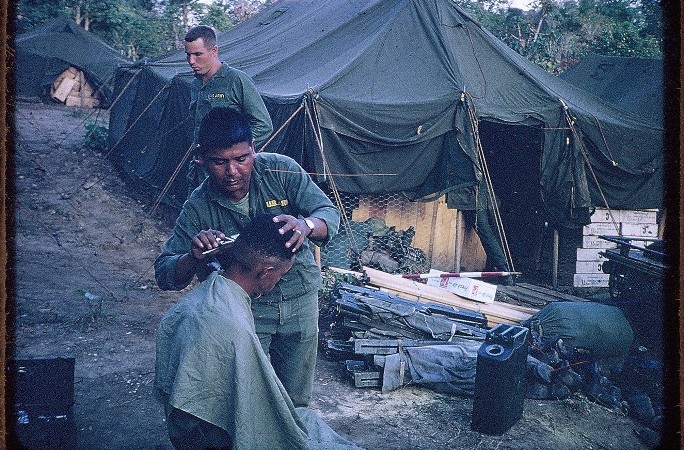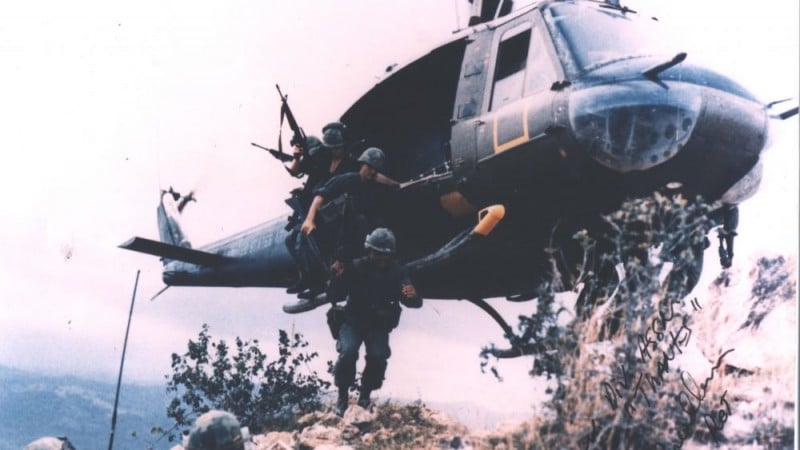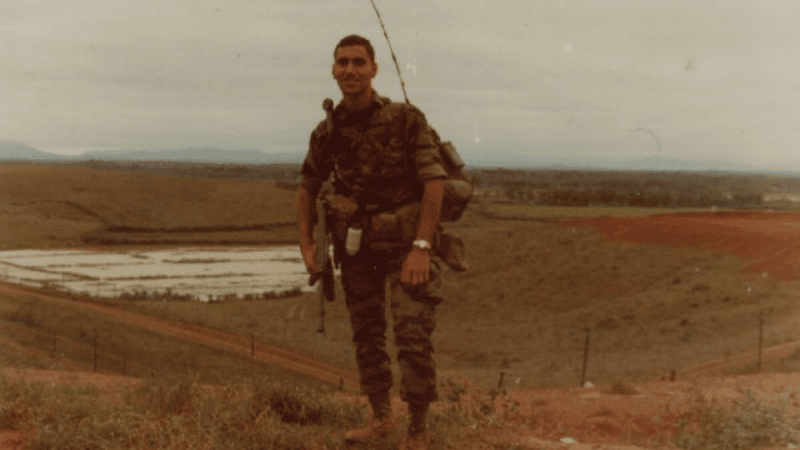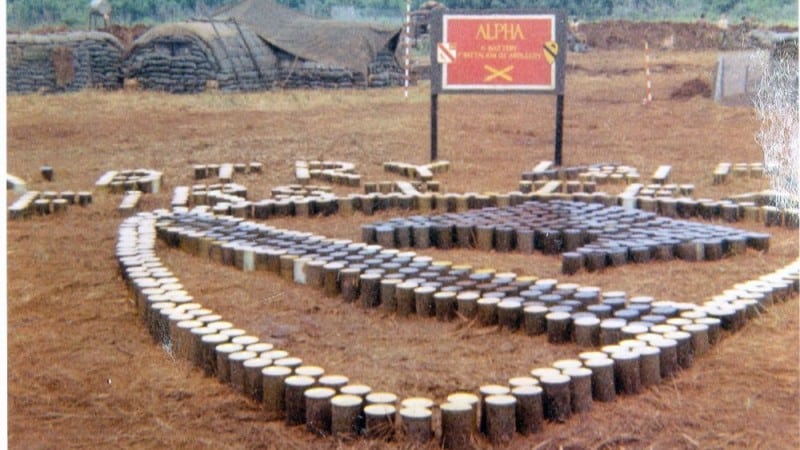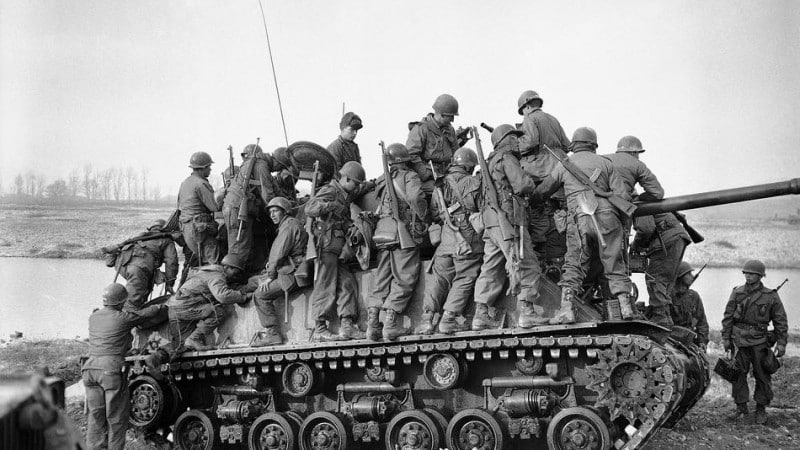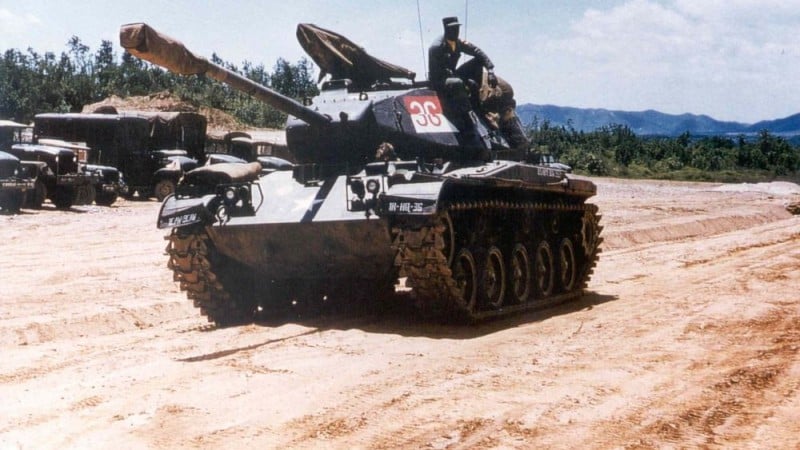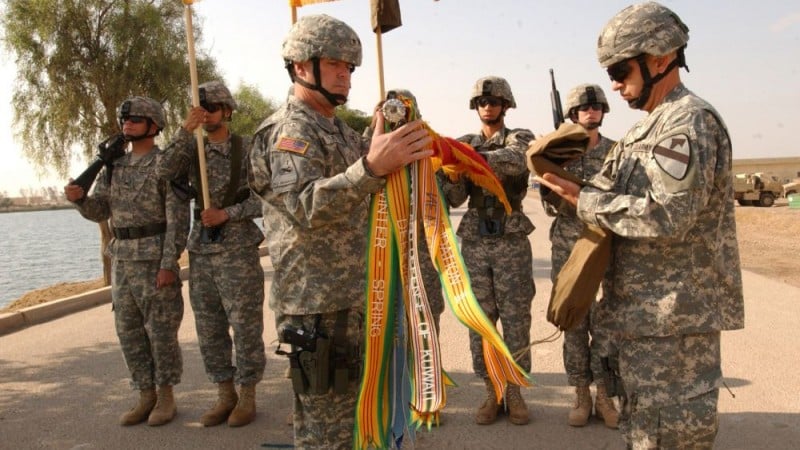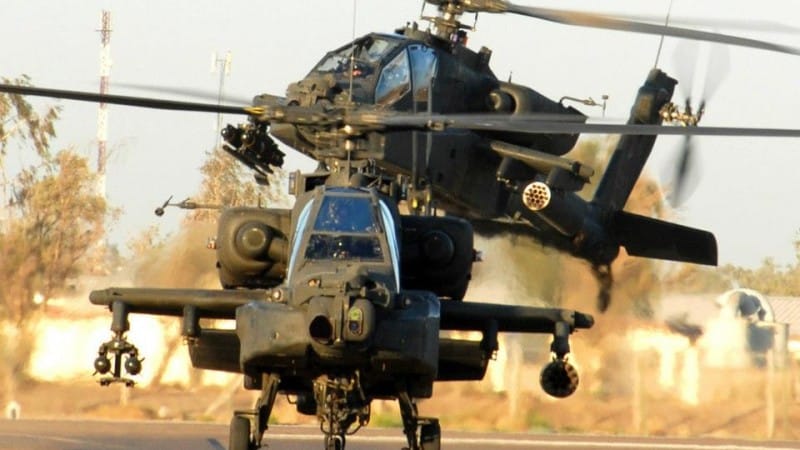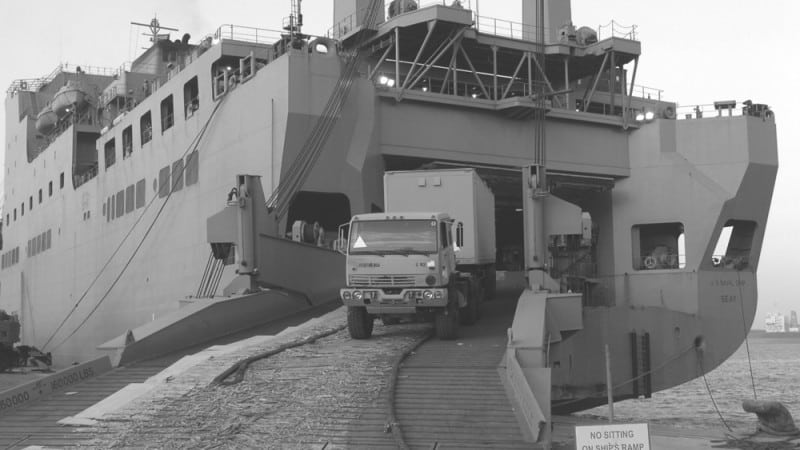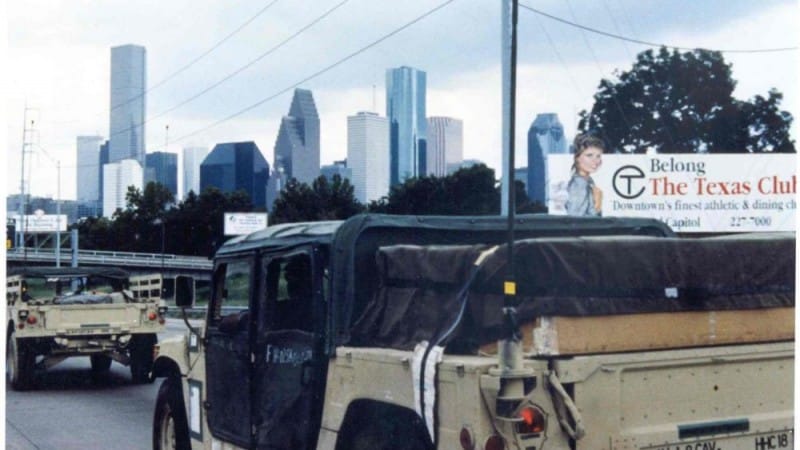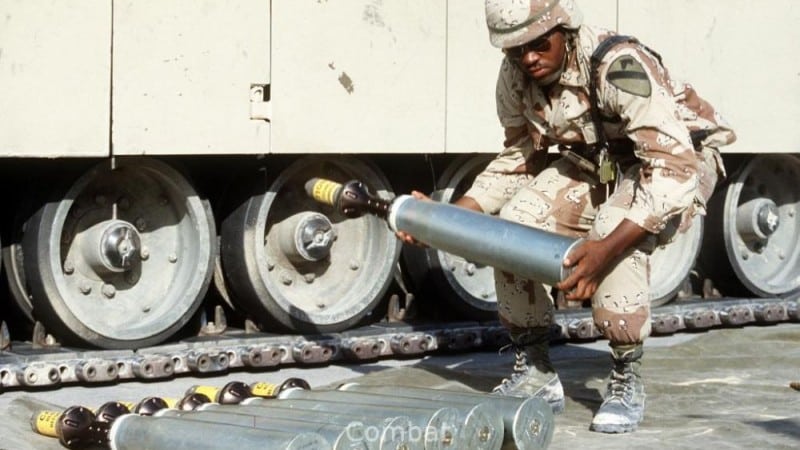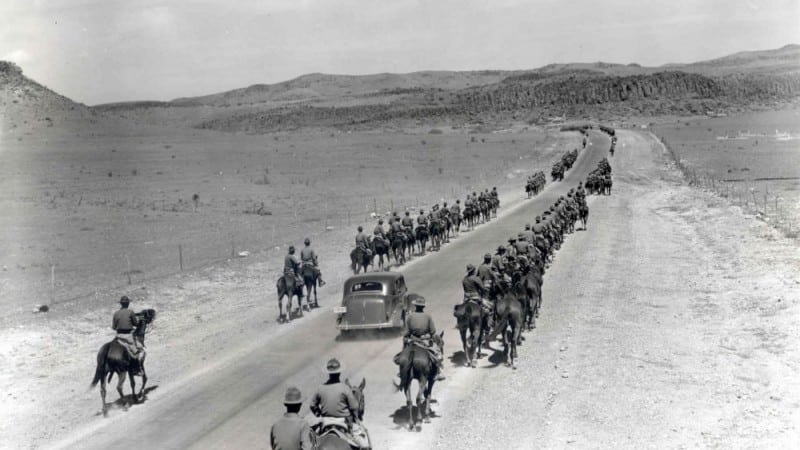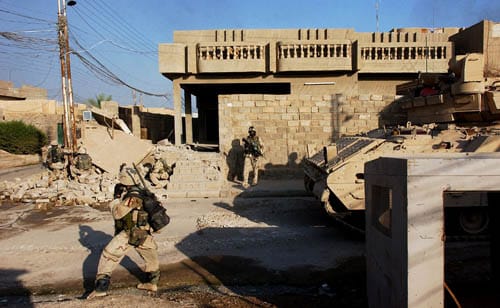3rd Engineer Battalion
The 3d Engineer Battalion was organized as the 3d Battalion of Engineers on 25 March 1901
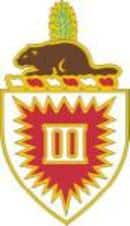
The 3d Engineer Battalion was organized as the 3d Battalion of Engineers on 25 March 1901, at Fort Totten, New York. During the next fifteen years the battalion was employed in all of the then foreign service stations of the US Army. The unit served in Cuba, Panama, the Philippines and the Hawaiian Islands, as well as the United States. It was during the period of 1901 to 1911 that General Douglas MacArthur served with the battalion, first as Commander of “K” Company and then as Battalion Adjutant.
On 1 August 1916 the battalion was expanded and reorganized as the 3d Engineer Regiment with components in the Philippines, Hawaii and Panama.
In April 1921, the Regiment assembled in Hawaii and became the Engineer component of the Hawaiian Division. During the ensuing years, most of the military construction on the Island of Oahu was accomplished by the 3d Engineers. The battalion earned for itself the proud title “Pacific Engineers”. General Bruce C. Clarke served with the battalion from 1929 thru 1931 in Hawaii. Hanging adjacent to the battalion trophy case is his autographed photograph with the following inscription: “To the officers and men of the 3d Engineer Battalion. I am proud to have been a “Beaver’ for over two years.”
On 1 October 1941, the Regiment was reorganized to form the 3d and 65th Engineer Combat Battalions. On the same day the 24th and 25th Infantry Divisions were formed, with the 3d Engineer Combat Battalion becoming one of the organic components of the 24th Infantry Division. Sixty eight days later the battalion had its first taste of combat when the Japanese bombed Schofield Barracks, Hawaii on December 7, 1941. The battalion immediately was assigned the mission of improving the defenses of Northern Oahu Island in Hawaii in anticipation of landing by the Japanese. After the initial threat passed the battalion was built up to full strength and began the arduous training required before commitment to combat.
In July 1943, the battalion left for Australia where it engaged in extensive training along with other units of the Division. The battalion left Australia in 1944 to serve in the Tenamerah Bay and Hollandia operations of New Guinea, and then in the Luzon, Leyte, and Mindanao campaigns in the Philippines performing many difficult feats of Engineer work. One major project was the construction of two roads across Leyte in the face of tremendous difficulties. Company C was attached to the 34th Infantry for the assault of Corregidor. It was during this assault that the 3d Platoon earned the Distinguished Unit Citation.
Following the cessation of hostilities in Japan, the 3d Engineers landed with the 24th Infantry Division to occupy Japan. They arrived in Shikoku in November 1945 and moved, first to Honshu in January 1946, then to Kyushu in June 1946 where the battalion was to be stationed. During the early occupation period, from 1946 to 1949, the battalion was primarily concerned with occupational duties such as the supervision and erection of troop and dependent housing at the various stations of the 24th Division. During this period of time the strength was reduced to a low of approximately 300 men. In 1949 the strength of the 3d Engineer Battalion was greatly increased and the accent placed on training a tactical engineer battalion. Training was continued throughout that year and into 1950 with all companies performing long periods of road maintenance. Extensive periods were also spent in the field on the various maneuver areas of Kyushu. The results of this training were apparent in July 1950, when, on a three day notice, the battalion moved to Korea with the rest of the 24th Division to stop the onrush of the Communist Forces into South Korea and therefore were the first combat engineers to serve in the Korean Campaign.
The battalion furnished Engineer Support throughout the Kum River campaign. Company C was cut off and suffering heavy losses in Taejon. Later, the 3d Engineers further lived up to the combat portion of their designation when they were committed as Infantry along the Naktong River for a period of three weeks. Near the end of the fourth week of fighting in Korea, on 20 July 1950 Sergeant George Libby of Company C, 3d Engineer Battalion (Combat), 24th Infantry Division smashed a road block south of Taejon, where the division was fighting for its life. Libby pushed a number of wounded men on board an M-5 tractor from an artillery outfit and posted himself to ride “shotgun”. The enemy poured a hail of merciless fire at the driver, and bullets splashed around him. A number of them ripped into his body, but they crashed the roadblock and got the wounded men to an aid station. In saving other men’s lives, Sergeant Libby lost his own and became the battalion’s first man to earn the Medal of Honor. The Distinguished Unit Citation awarded to the 24th Division for its actions during the period from July to September 1950 also attests to the high character of the battalion’s service during that time. The battalion furnished engineer support to the Division in the long pursuit north to within 15 miles of the Yalu River and the retrograde movement south, in the face of the Chinese menace. There are few roads in Korea which have not been improved and maintained by the 3d Engineers, and few rivers which have not been bridged by the “Eager Beavers.”
The battalion was located in Korea until November 1953 at which time they transferred to Japan to remain there until January 1954. The battalion then returned to Korea to remain until October 1957 at which time it was transferred to the Department of the Army.
On 1 July 1958 the 127th Airborne Engineer Battalion was redesignated the 3d Engineer Battalion and the battalion was deployed in Bavaria, Germany as part of the 24th Division, the “Shield of Bavaria.”
In August 1958, the 24th Infantry Airborne Brigade forming the nucleus of Task Force 201 was dispatched to Lebanon. The task force received its Engineer Support from Company E of this battalion, which was the only remaining fully airborne unit in the 3d Engineer Battalion. Upon arrival, Company E proceeded, with the efficiency which was to be the keynote of the entire operation, to establish a water point producing 30,000 gallons of potable water daily, established and maintained MSR’s, and prepared infantry emplacements. For their outstanding performance during this period, Company E received recognition in a Unit Certificate of Outstanding Achievement for its support of Task Force 201. The company returned to the battalion in October and reverted to a regular engineer company in support of Infantry Division in December 1958.
In February 1963 the battalion was reorganized with its configuration of Headquarters and Headquarters Company, four Combat Engineer Companies (A, B, C, and D), and the Combat Bridge Company – Echo which was equipped with the Mobile Assault Bridge. Since; the reorganization, the battalion was committed to its mission of providing the 24th Infantry Division with the best combat engineering support available to any division in the world. The battalion was inactivated at Fort Riley, Kansas on 15 April 1970 with Company D being concurrently inactivated in Germany.
The 3d Engineer Battalion was once again activated at Fort Stewart, Georgia on 21 September 1975 and assigned to the 24th Infantry Division. In 1990 the battalion deployed in the middle of August with the rest of the “Victory” Division to Saudi Arabia to defend it after the invasion of Kuwait by the Iraqis. While the rest of the Division remained in primarily stationary positions the entire unit trained for the upcoming battle with the Engineers of the Division performing mine clearing training for the obstacles expected during the upcoming combat.
On 26 February, the 24th Infantry Division advanced into Iraq and captured Iraqi airfields at Jabbah and Tallil. At the airfields, it encountered entrenched resistance from the Iraqi 37th and 49th Infantry Divisions, as well as the 6th Nebuchadnezzar Mechanized Division of the Iraqi Republican Guard. Despite some of the fiercest resistance of the war, the Division destroyed the Iraqi formations and captured two additional airfields the next day. Moving east it ended the war outside Basra.
Returning from Southwest Asia in 1991 the 3rd Engineer Battalion continued training for future missions at Fort Stewart, Georgia and at the National Training Center, Fort Irwin, California until the battalion was again inactivated along with the rest of the 24th Infantry Division at Fort Stewart, Georgia.
The 3d Engineer Battalion was activated at Fort Hood, Texas on 18 October 2013 and assigned to the 3rd Brigade Combat Team of the 1st Cavalry Division as the Brigade Engineer Battalion. The Beaver Battalion continues to train and prepare for any upcoming mission assigned.
The battalion was inactivated on 15 February 1996 at Fort Stewart, Georgia and relieved from assignment to the 24th Infantry Division which was also inactivated on that date.
The 3rd Engineer Battalion was activated and assigned to the 3rd Brigade Combat Team of the 1st Cavalry Division on 18 October 2013 at Fort Hood, Texas as the Brigade Engineer Battalion.
Lineage and Honors of the 2nd Battalion, 19th Field Artillery
Lineage of the 2nd Battalion, 19th Field Artillery
Constituted 1 July 1916 in the Regular Army as Battery B, 19th Field Artillery. Organized 1 June 1917 at Camp Wilson, Texas (19th Field) Artillery assigned 12 December 1917 to the 5th Division (latter redesignated as the 5th Infantry Division). Inactivated 6 September 1921 at Camp Bragg, North Carolina. Activated 3 December 1934 at Fort Benjamin Harrison, Indiana.
Reorganized and redesignated 1 October 1940 as Battery B, 19th Field Artillery Battalion. Inactivated 20 September 1946 at Camp Campbell, Kentucky. Activated 15 July 1947 at Fort Jackson, South Carolina. Activated 1 March 1951 at Indiantown Gap Military Reservation, Pennsylvania. Inactivated 1 September at Indiantown Gap Military Reservation, Pennsylvania. Activated 25 May 1954 at Augsburg, Germany. Inactivated 1 June 1957 at Fort Ord, California and relieved from assignment to the 5th Infantry Division.
Redesignated 15 October 1957 as Headquarters and Headquarters Battery, 2nd Howitzer Battalion, 19th Artillery, assigned to the 1st Cavalry Division, and activated in Korea (organic elements concurrently constituted and activated). Redesignated 1 September 1963 as the 2nd Battalion, 19th Artillery. Inactivated 2 April 1971 at Fort Lewis, Washington. Redesignated 1 September 1971 as the 2nd Battalion, 19th Field Artillery. Activated 20 April 1974 at Fort Hood, Texas. Inactivated 30 March 1979 at Fort Hood, Texas.
Honors of the 2nd Battalion, 19th Field Artillery
Campaign Participation Credit |
| World War I St. Mihiel Lorraine 1918World War II Normandy Northern France Rhineland Ardennes-Alsace Central EuropeVietnam War Defense Counteroffensive Counteroffensive, Phase II Counteroffensive, Phase III Tet Counteroffensive Counteroffensive, Phase IV Counteroffensive, Phase V Counteroffensive, Phase VI Tet 69/Counteroffensive Summer-Fall 1969 Winter-Spring 1970 Sanctuary Counteroffensive Counteroffensive, Phase VII |
Decorations |
| Presidential Unit Citation — 23 Oct – 26 Nov 65, DAGO 40, 67
Valorous Unit Award — 1 May – 29 Jun 70, DAGO 43, 72 Republic of Vietnam Gallantry Cross w/Palm — 9 Aug 65 – 19 May 69, DAGO 59, 69; May 69 – Feb 70, DAGO 11,73, amended DAGO 42, 72; 21 Feb 70 – 28 Feb 71, DAGO 42, 72 Republic of Vietnam Civil Actions Honor Medal, FC — 1 Jan 69 – 1 Feb 70, DAGO 42, 72 Valorous Unit Award — 6 May 69, DAGO 39, 70 Artillery Liaison Section Battery A Battery B Detachment of thirteen (13) personnel of the 2d Battalion |
